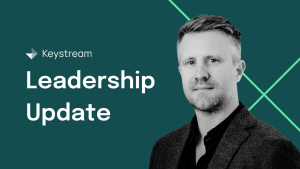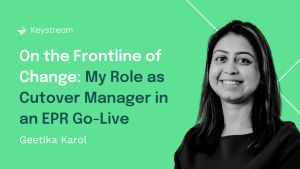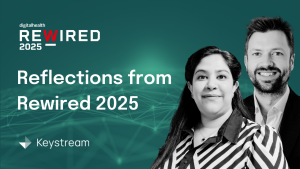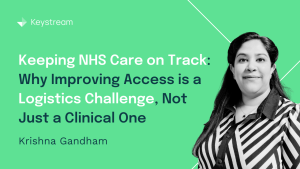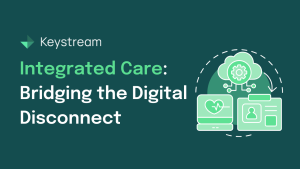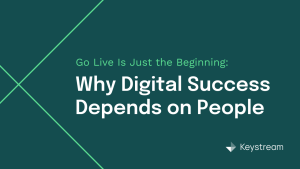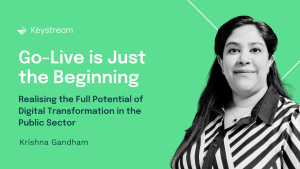17.08.2023
The Importance of User Guides and Quick Reference Guides
User guides and Quick Reference Guides (QRG’s) play a critical role in supporting the training process and enhancing staff competency in using new EPR systems.
- Reinforcing learning: User guides and QRG’s serve as valuable resources for staff to reinforce the knowledge and skills gained during awareness events and training sessions. These guides allow staff to review and reference the information at their own pace, promoting better retention and understanding of the EPR system functionalities and processes.
- Providing ongoing support: In large organisations like the NHS, staff may require ongoing support to maintain their proficiency in using the EPR system. User guides and QRG’s offer accessible, on-demand support for staff, allowing them to quickly refresh their knowledge or troubleshoot issues as they arise, minimising disruptions to patient care.
- Enhancing system adoption: Comprehensive user guides and quick reference guides can help alleviate concerns and build confidence in using the new EPR system. When staff feel supported and have access to clear, concise resources, they are more likely to embrace the modern technology and integrate it into their daily workflows effectively, resulting in enhanced adoption rates.
- Catering to diverse learning styles: Different staff members may have different learning preferences and styles. While certain staff may benefit more from in-person training sessions, others may prefer to learn independently through written materials. User guides and QRG’s cater to these diverse learning styles, ensuring that all staff have the necessary resources to succeed in using the EPR system.
- Standardising processes and workflows: User guides and quick reference guides can help standardise processes and workflows across the organisation by providing consistent, accurate information on how to use the EPR system. This is particularly important in large-scale implementations, where consistency and standardisation are essential for maintaining data integrity and achieving the desired benefits of the new system.
- Reducing the burden on trainers and super users: In large-scale EPR implementations, trainers and super users will be extremely busy, providing support to a considerable number of staff. User guides and QRG’s reduce the burden on these individuals by providing staff with a reliable resource they can turn to for support and guidance, allowing trainers and super users to focus on more complex or urgent issues.
- Maintaining a repository of information: When implementing a large-scale EPR system in the NHS, it is vital to establish a central repository for user guides and quick reference guides. This repository serves as a consolidated and easily accessible source of information for all staff members involved in the training process. By having a centralised location, staff can quickly locate and access the most up-to-date versions of the guides, ensuring consistency and accuracy in the information provided.
- Ensuring version control following Requests for Change (RFCs): During the implementation of an EPR system, changes and updates are often necessary due to evolving requirements, feedback from users, or technological advancements. In such cases, Requests for Change (RFCs), once authorised by the programme, are submitted to modify existing functionalities, or introduce new features. It is crucial to have a robust version control system in place to manage updates to user guides and quick reference guides following RFCs. This ensures that staff are always referring to the most current and relevant information, reducing confusion and errors.
When training thousands of staff in a short window of 6-12 weeks, it is important to offer support material that helps staff understand new processes and workflows. While awareness events and training sessions are critical to the success of an implementation, it is crucial to have additional support mechanisms in place that add real value to encourage safe and effective use of the new EPR system. User guides and QRG’s provide this value, ensuring that staff have the necessary resources to succeed and facilitating enhanced adoption rates.
Conclusion
User guides and QRG’s, along with maintaining a repository of information and implementing version control, are essential components of a training programme for a large-scale clinical system implementation in the NHS. These resources reinforce learning, provide ongoing support, enhance system adoption, cater to diverse learning styles, standardise processes and workflows, reduce the burden on trainers and super users, and ensure the availability of up-to-date information following RFCs. By offering comprehensive support materials, such as user guides and QRG’s, and establishing a centralised repository of information, healthcare organisations can facilitate the transition to the new EPR system.
When training thousands of staff within a limited period of 6-12 weeks, it is crucial to provide valuable support mechanisms that add real value to encourage safe and effective use of the new EPR system. User guides and QRG’s, combined with a repository of information and version control, play a vital role in achieving this objective. These resources help staff become accustomed to new processes and workflows, address diverse learning preferences, maintain data integrity, and promote enhanced adoption rates.

